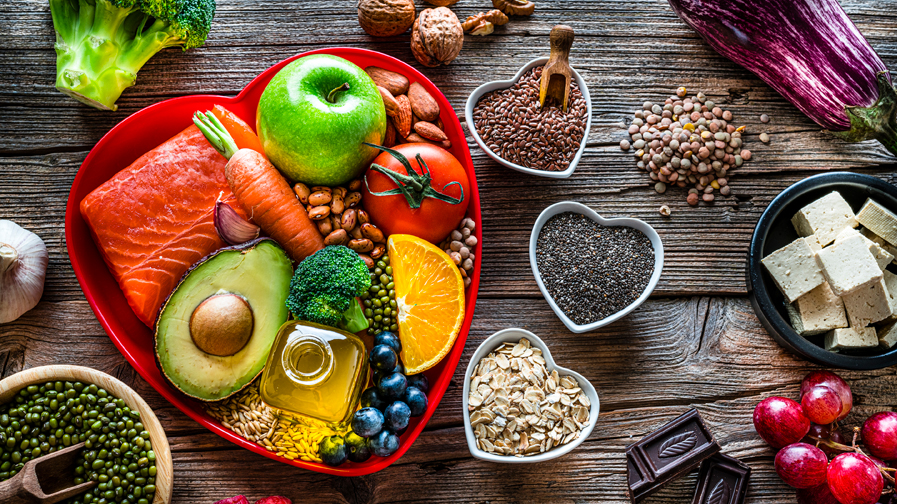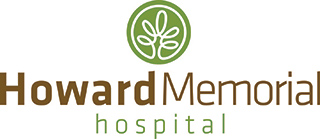Blog
DASH into National Nutrition Month with a lifelong approach to healthy eating

March is National Nutrition Month and the perfect time to start making more informed, healthier food selections. If you need a little help, the DASH diet is a fresh approach to eating. Choose foods that are easy to incorporate into your everyday life—and you don’t have to give up any of your favorites. Plus, you’ll grow stronger just by making simple swaps that you may not even notice. Finding foods that taste as good as they make you feel? Spring it on!
Simply DASH-ing
Created to treat or prevent high blood pressure, and highly recommended for diabetics, the DASH diet a lifestyle change featuring healthy foods to help improve heart health—and overall well-being. While it’s not a diet in the traditional sense, this lifestyle change is also a healthy way to lose weight and help achieve other health goals.
DASH—an acronym that stands for Dietary Approaches to Stop Hypertension—is a lifelong approach to healthy eating designed to prevent or help treat hypertension, also known as high blood pressure. DASH is consistently rated highly for those who want to eat healthier, featuring foods that are low in salt and also includes fruits, vegetables, whole grains, lean proteins and low-fat dairy. A science-based plan for lowering high blood pressure, when incorporated as a long-term lifestyle change, the DASH diet lowers high blood pressure and improves levels of cholesterol.
Results in a DASH
Foods featured in the DASH approach to eating help to reduce sodium intakes and are rich in nutrients that help lower blood pressure, like potassium, calcium and magnesium. In just a few weeks, systolic blood pressure could be lowered up to 14 points, which can significantly lower health risks. By following the DASH diet, people are often able to reduce blood pressure by a few points in only two weeks. And over time, the top number of your blood pressure (systolic blood pressure) could drop by eight to 14 points, which can make a significant difference in health risks.
Because the DASH diet can be a significant, but delicious, approach to how many eat, these new foods often provide even more health benefits than lowering blood pressure and cholesterol. The diet aligns with recommendations to prevent osteoporosis, cancer, heart disease, stroke and diabetes.
Dine and DASH
So what does dining on DASH look like? It may mean just a few better choices, but will certainly include foods you already love.
Things to consider:
- Make sure your grains are whole grains—switch from white to brown rice and make sure your breads and pasta are 100% whole grain.
- Eat more vegetables. Fresh or frozen is best, but with canned vegetables, select those without added sodium.
- Choose leaner meats, like poultry and fish, and even then trim away any excess fat.
- Include nuts, seeds, or legumes a few times a week—they are great snacks and full of phytochemicals that protect against cardiovascular disease and some types of cancer.
- Sweets and desserts are okay, but take it easy. Cut back to just a few small treats a week and try to include choices with less saturated fat.
The DASH diet is very do-able, and the results can be quick and dramatic, making you happier and healthier in just a few weeks. For more specifics check out the plan at the National Institute of Health: DASH Eating Plan | NHLBI, NIH
Posted in: Health